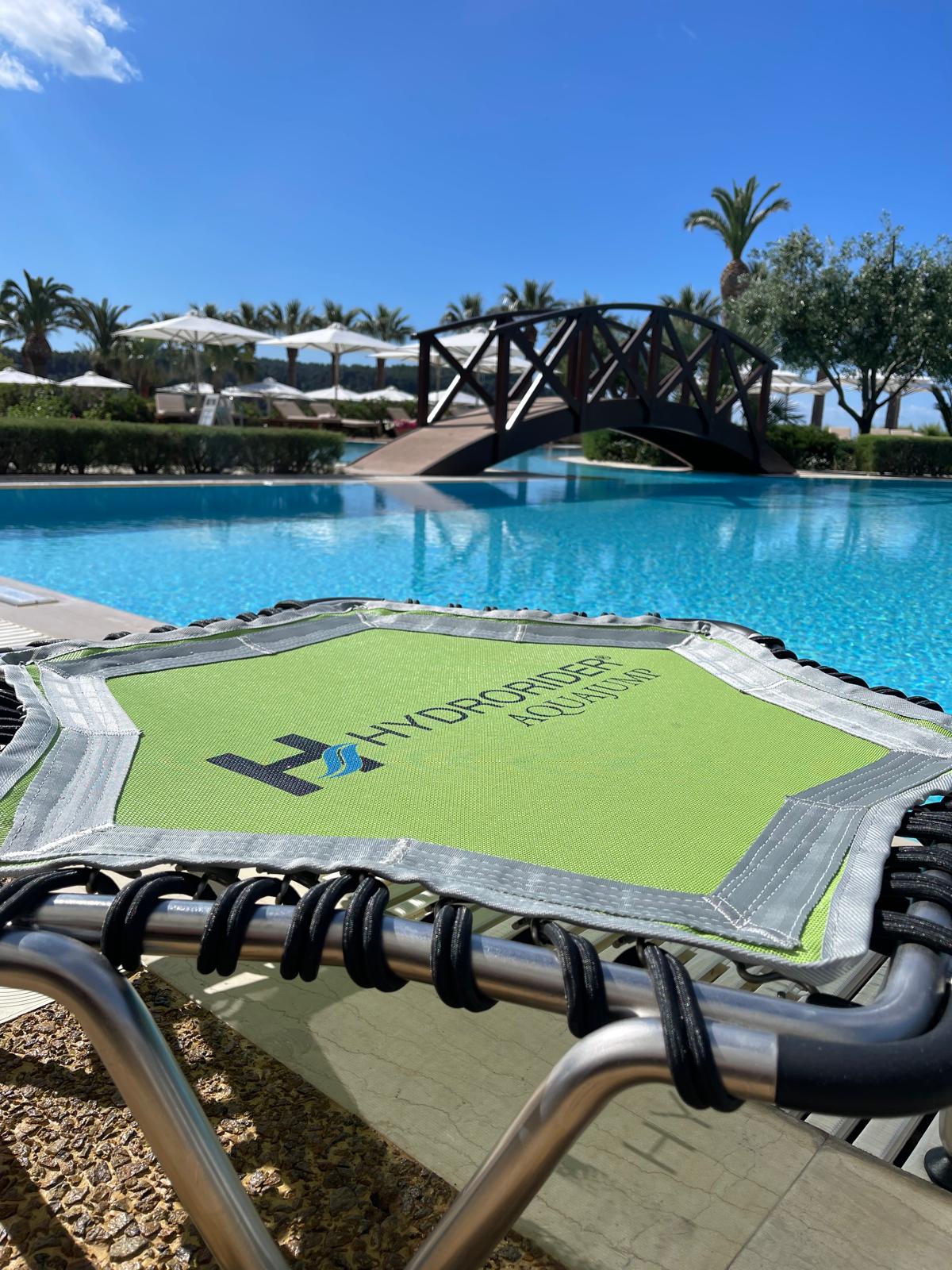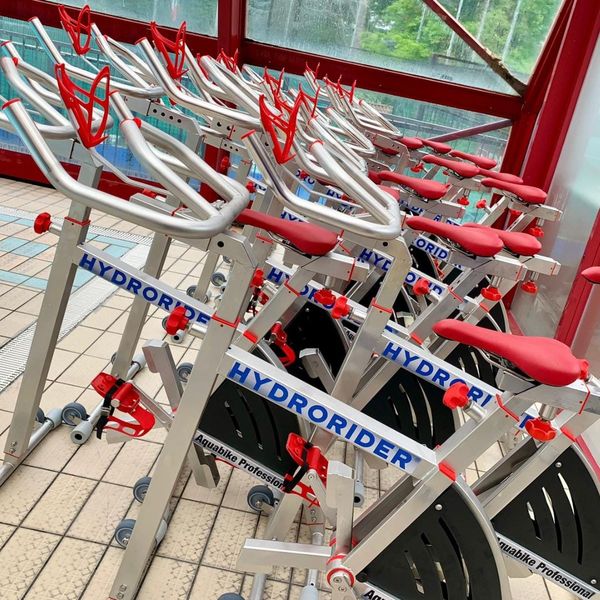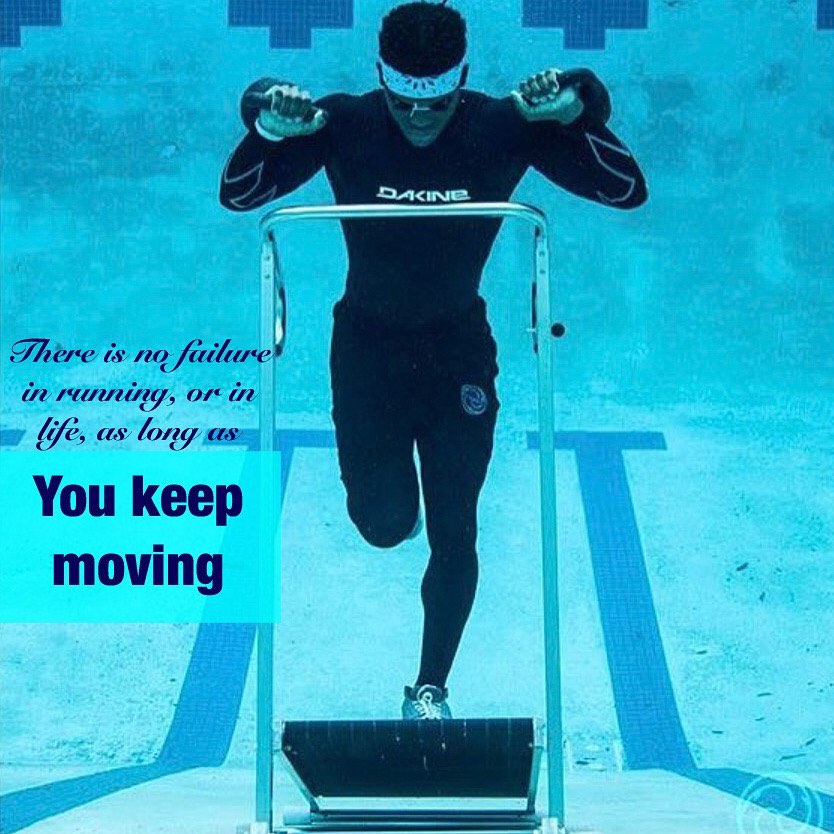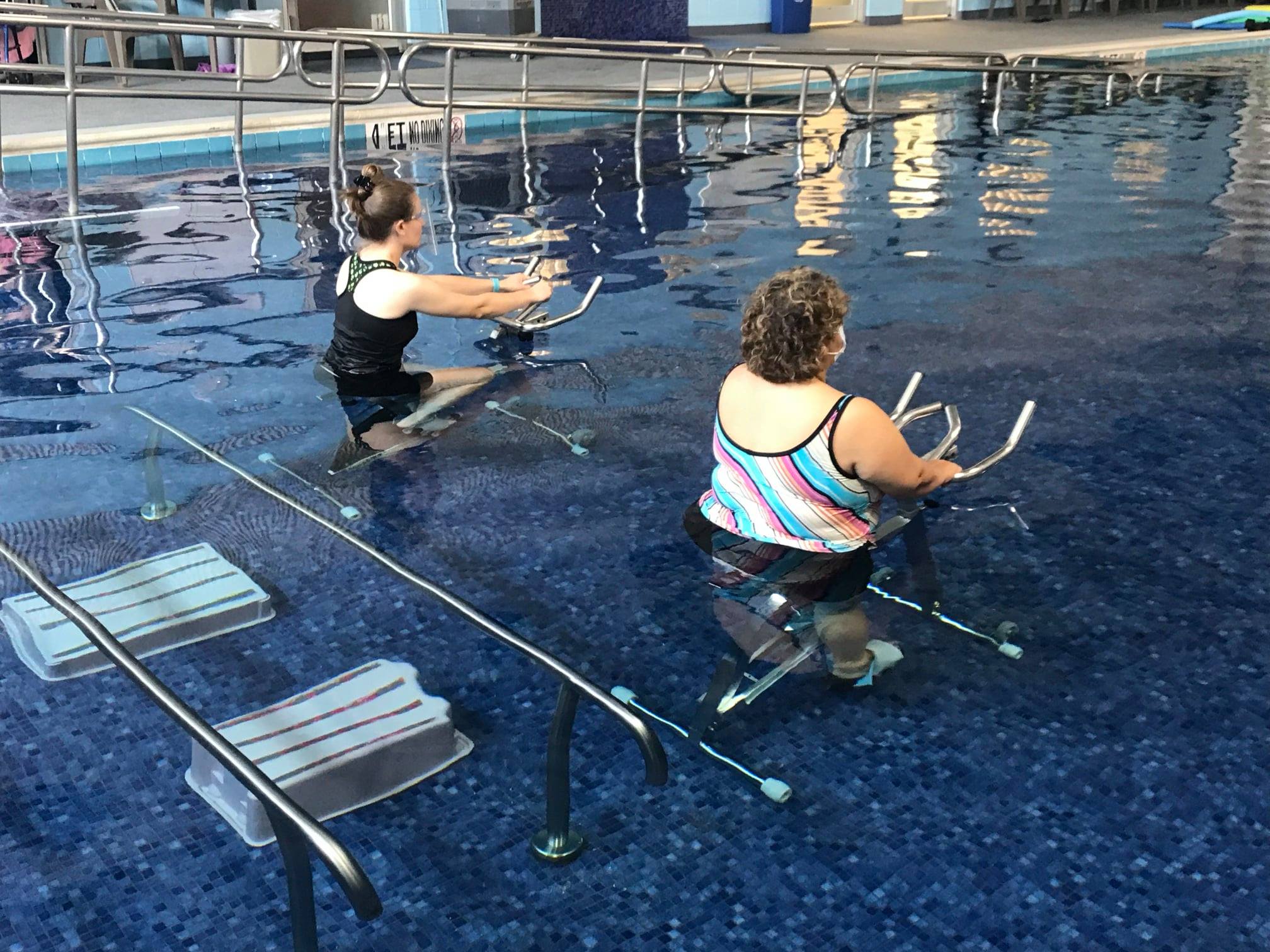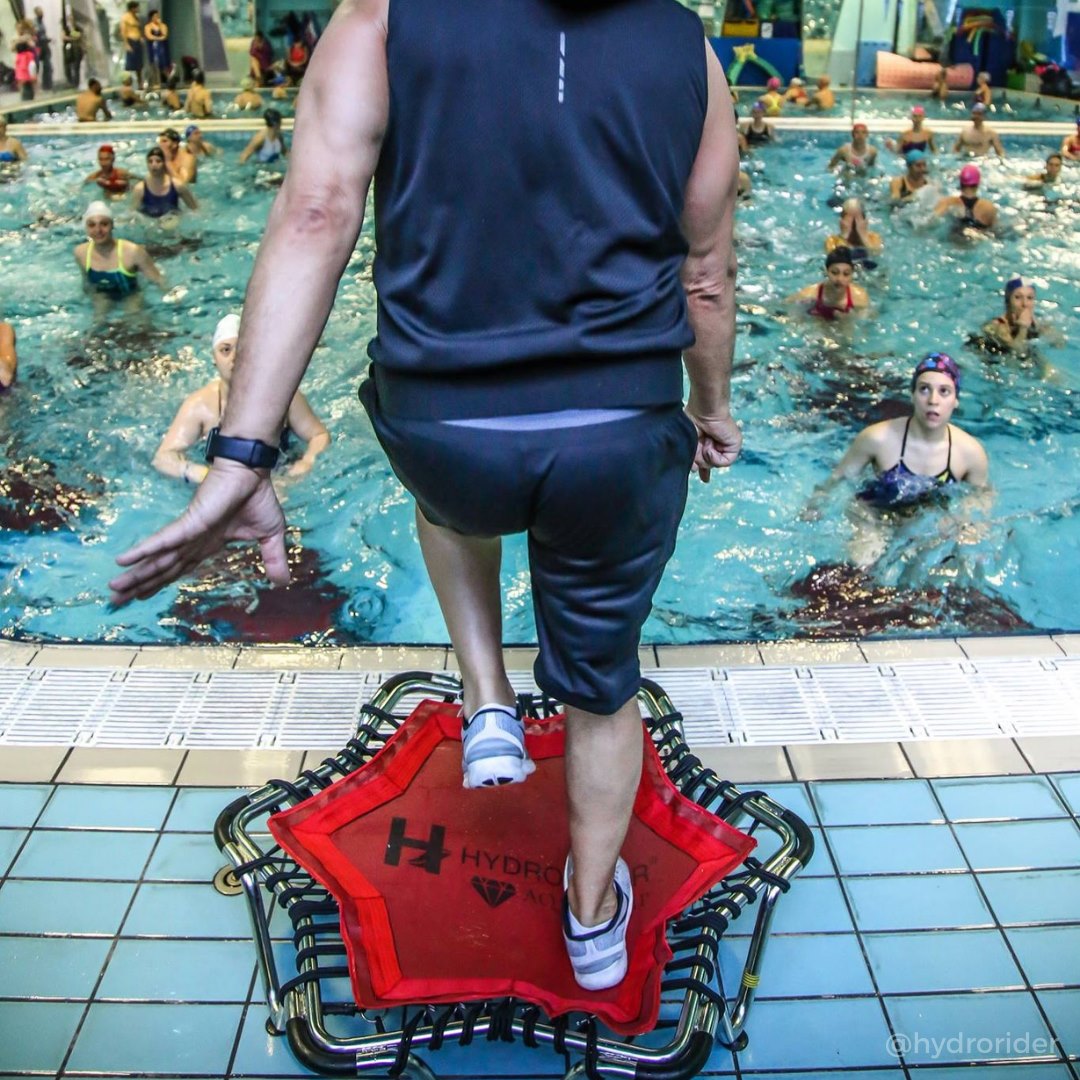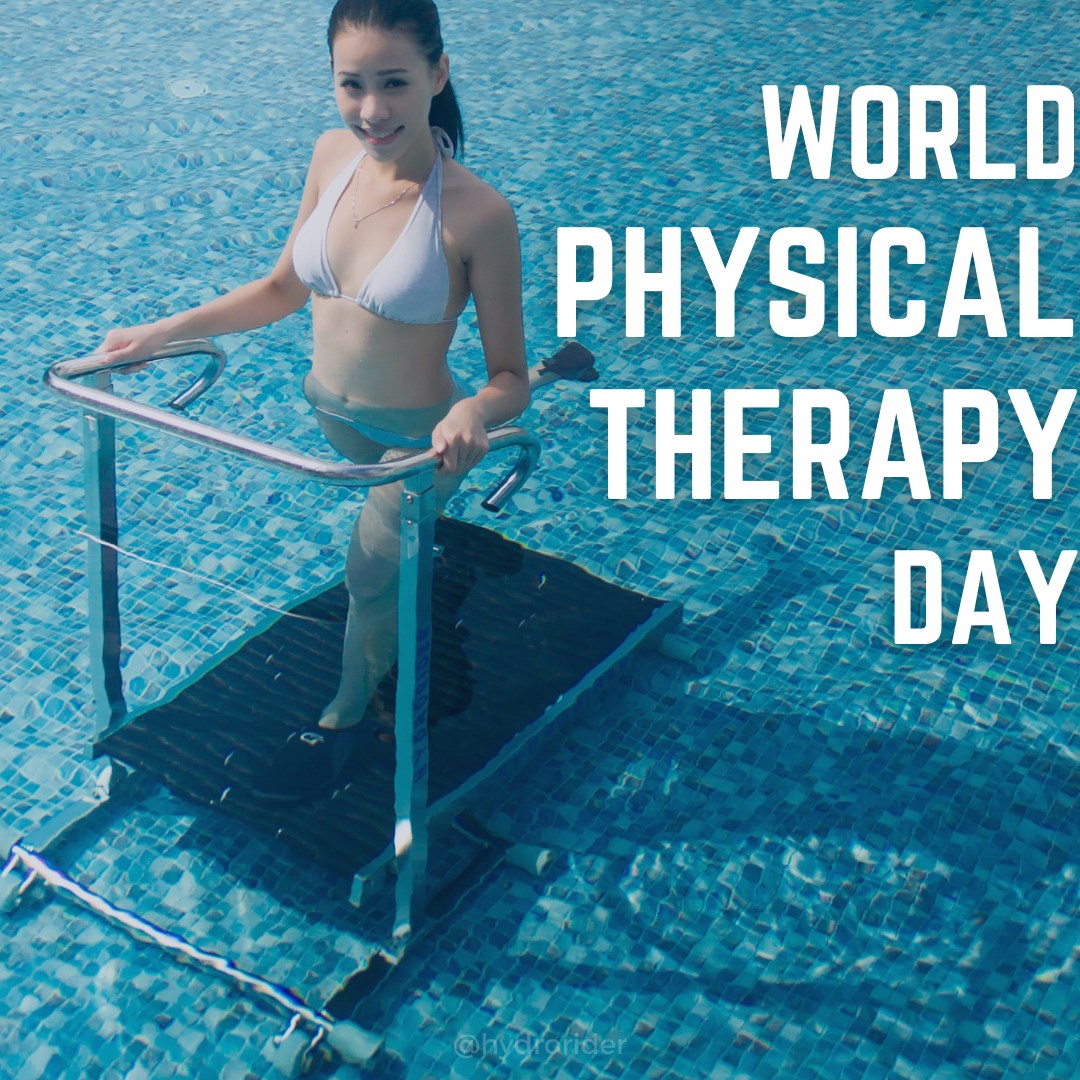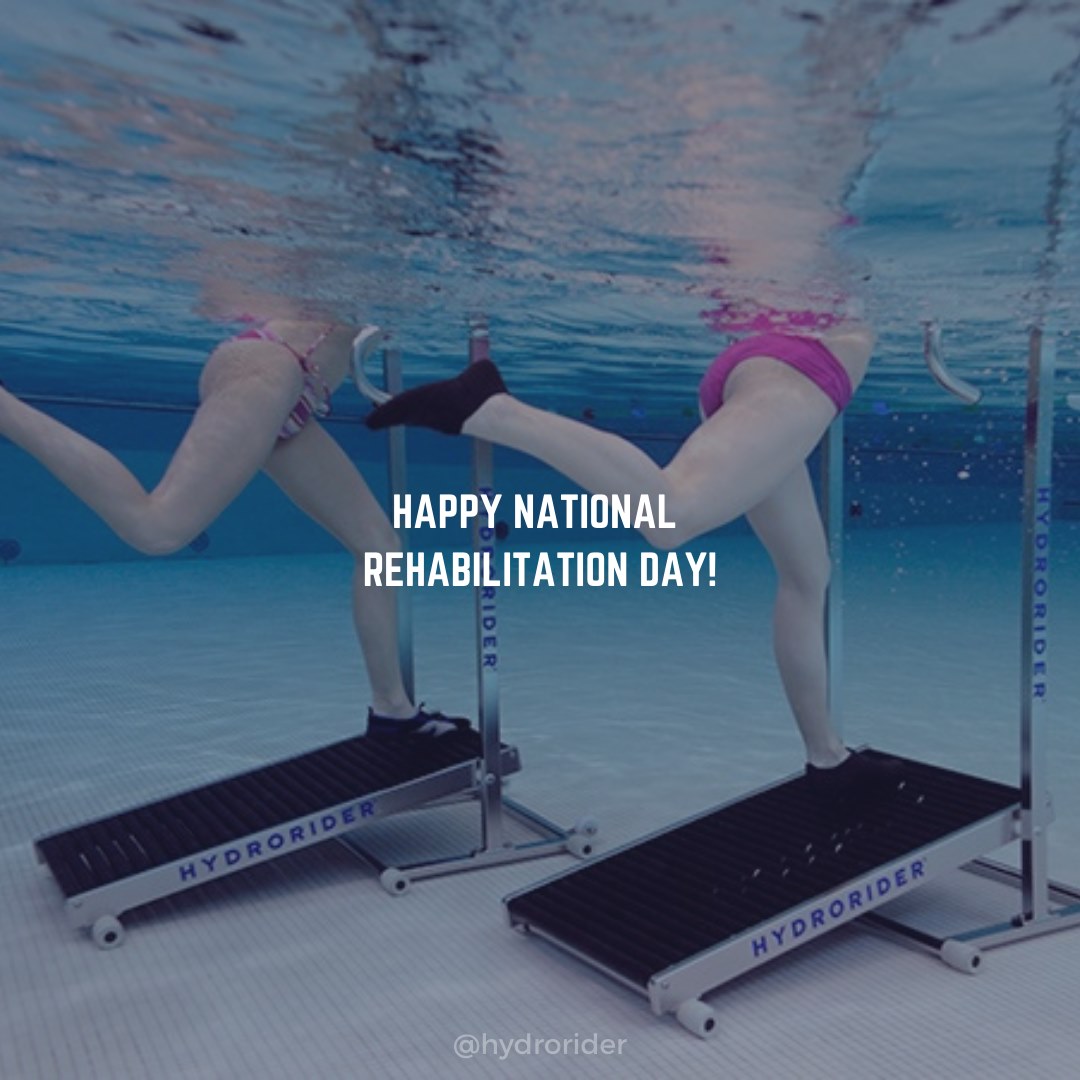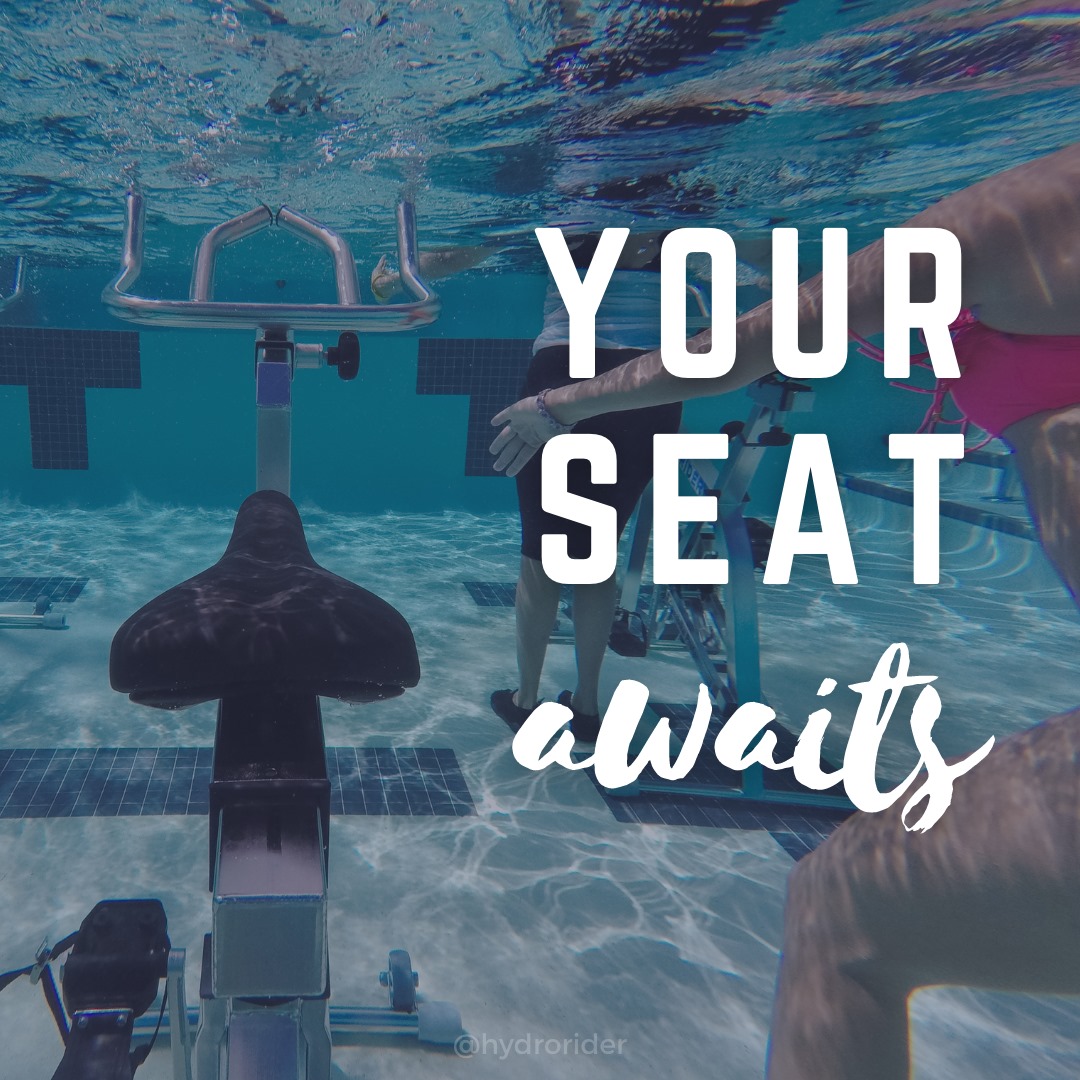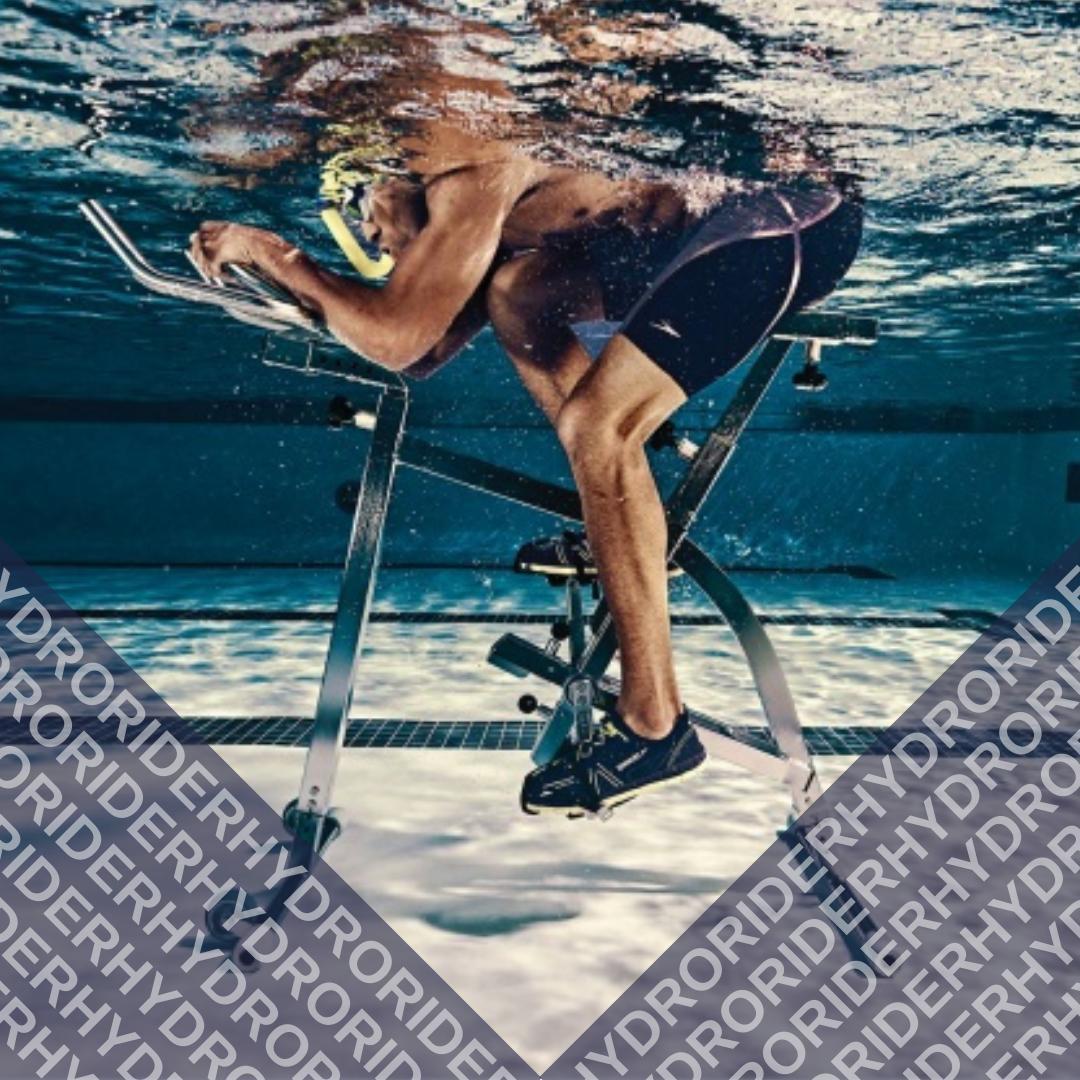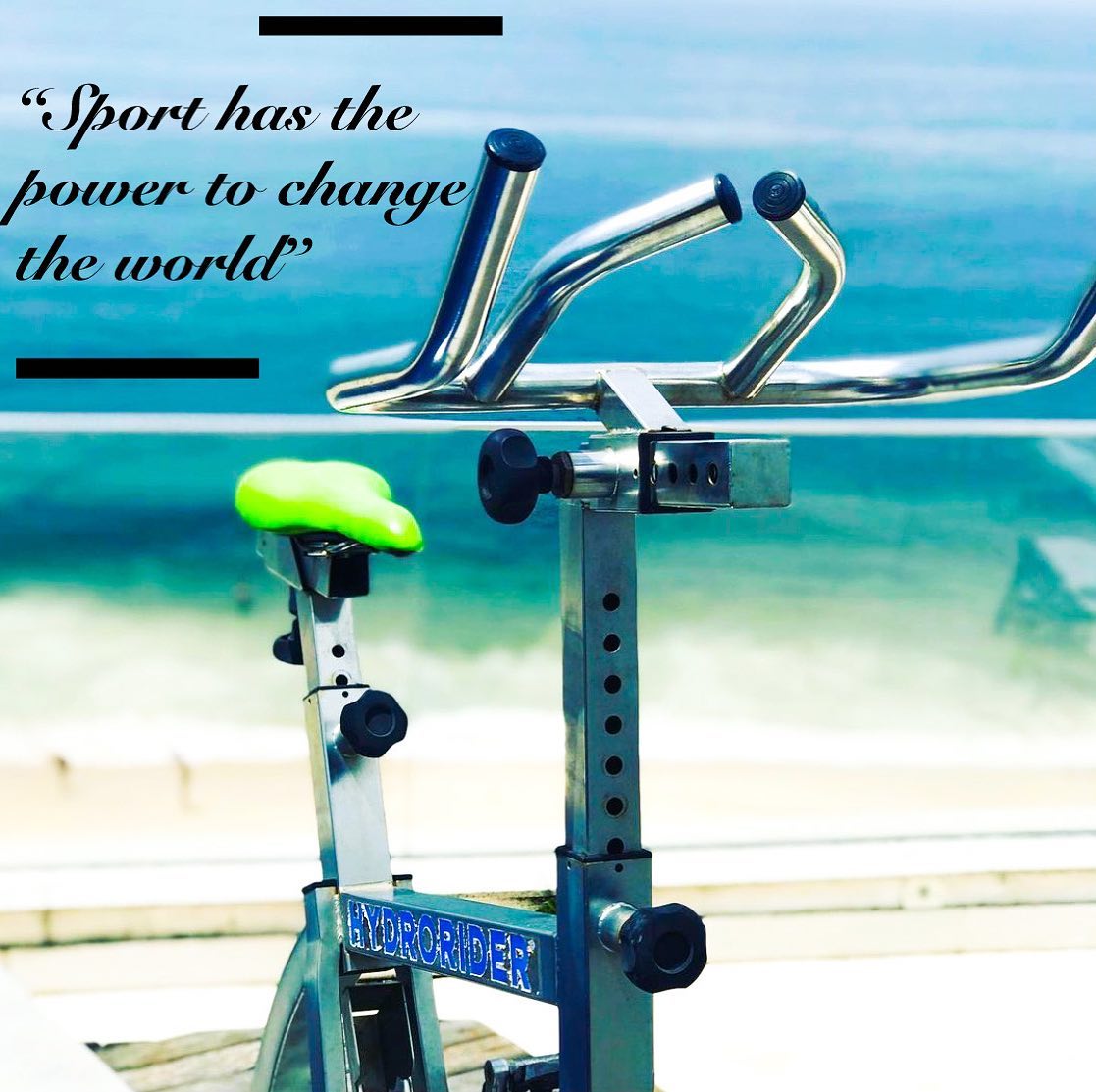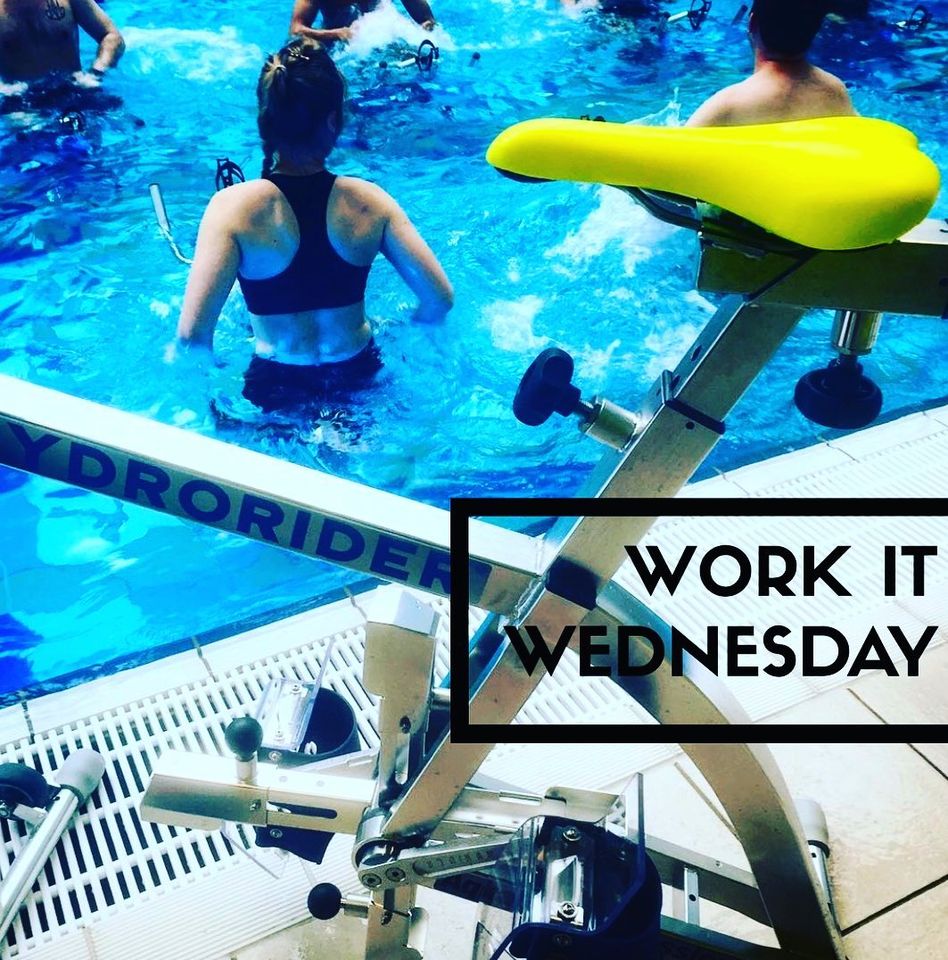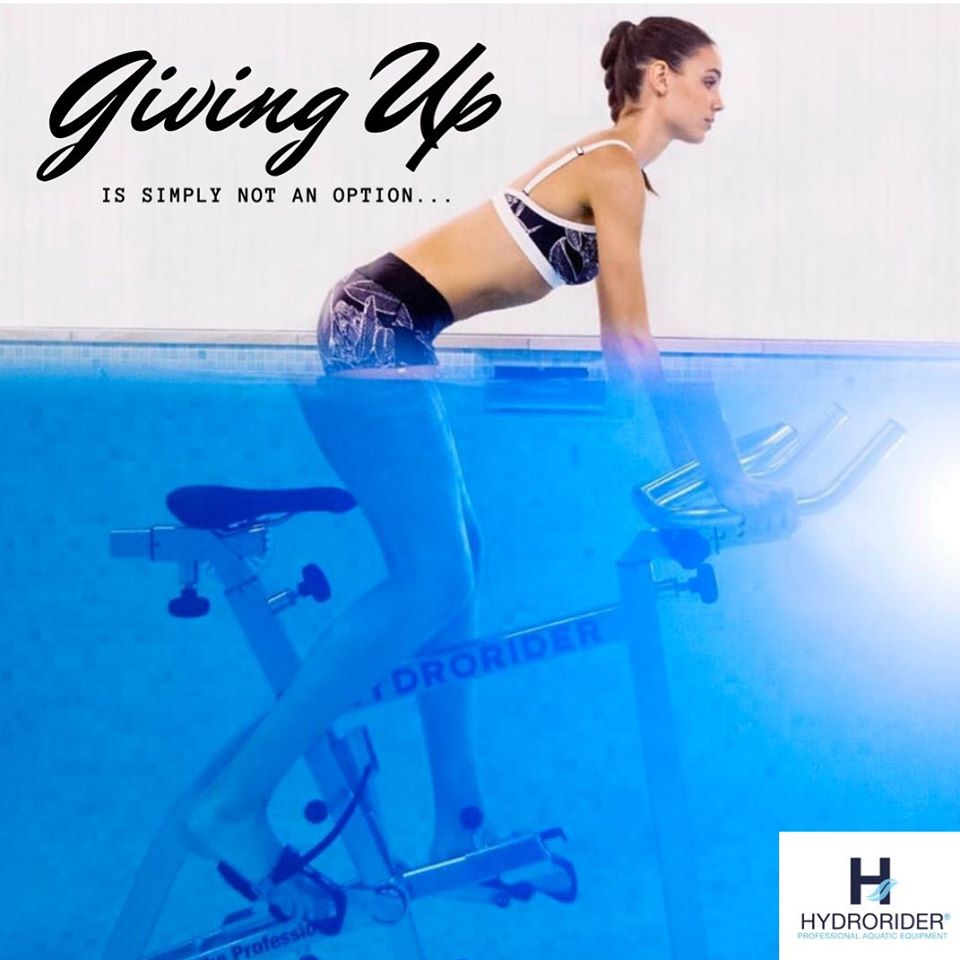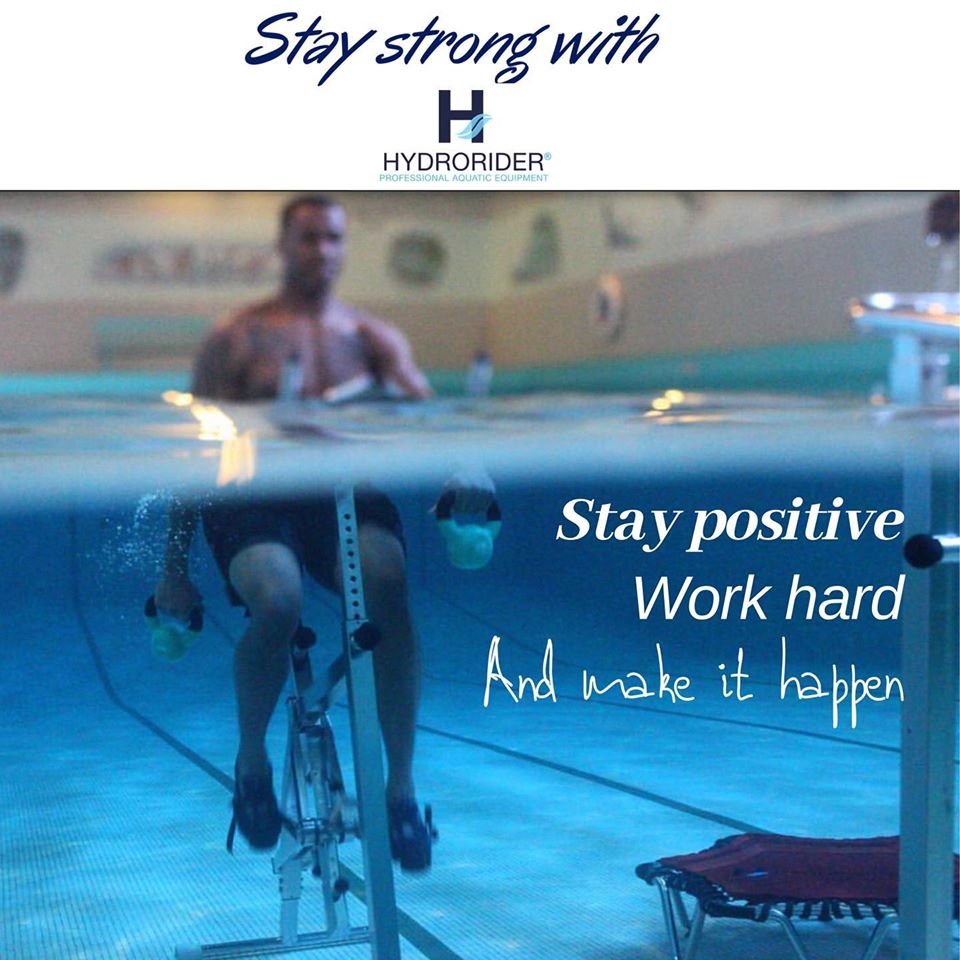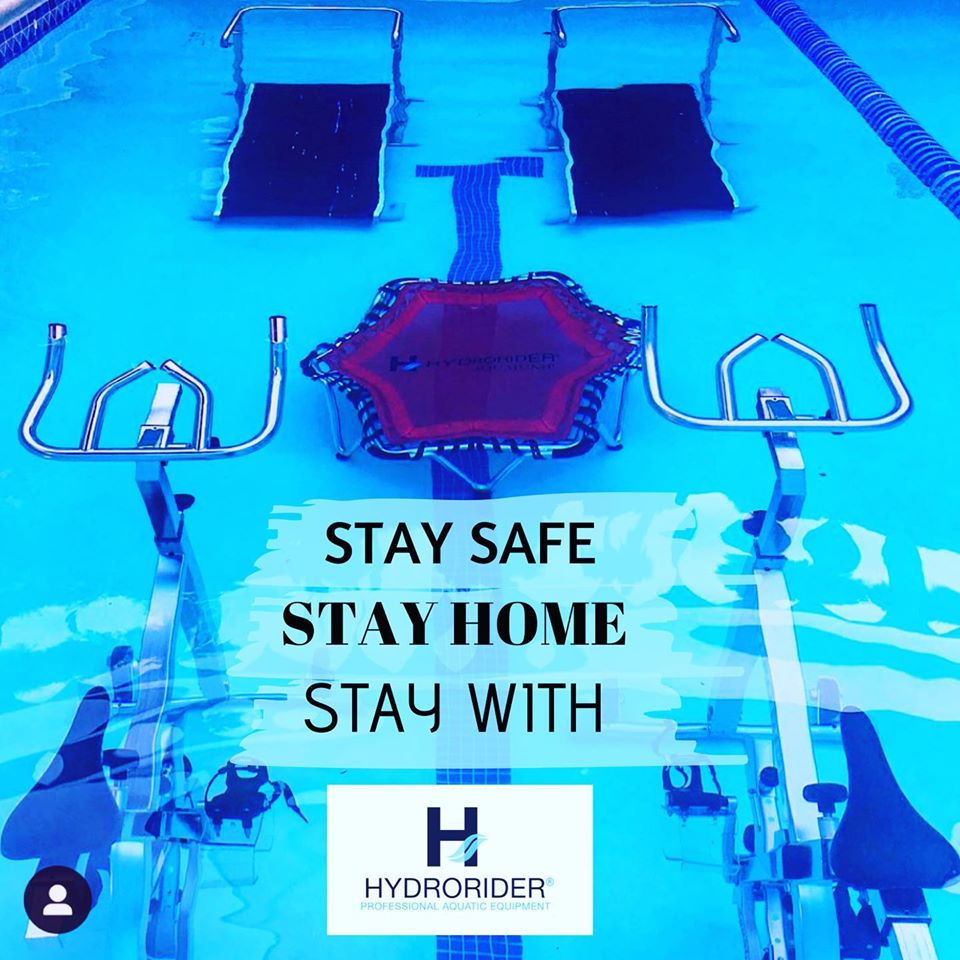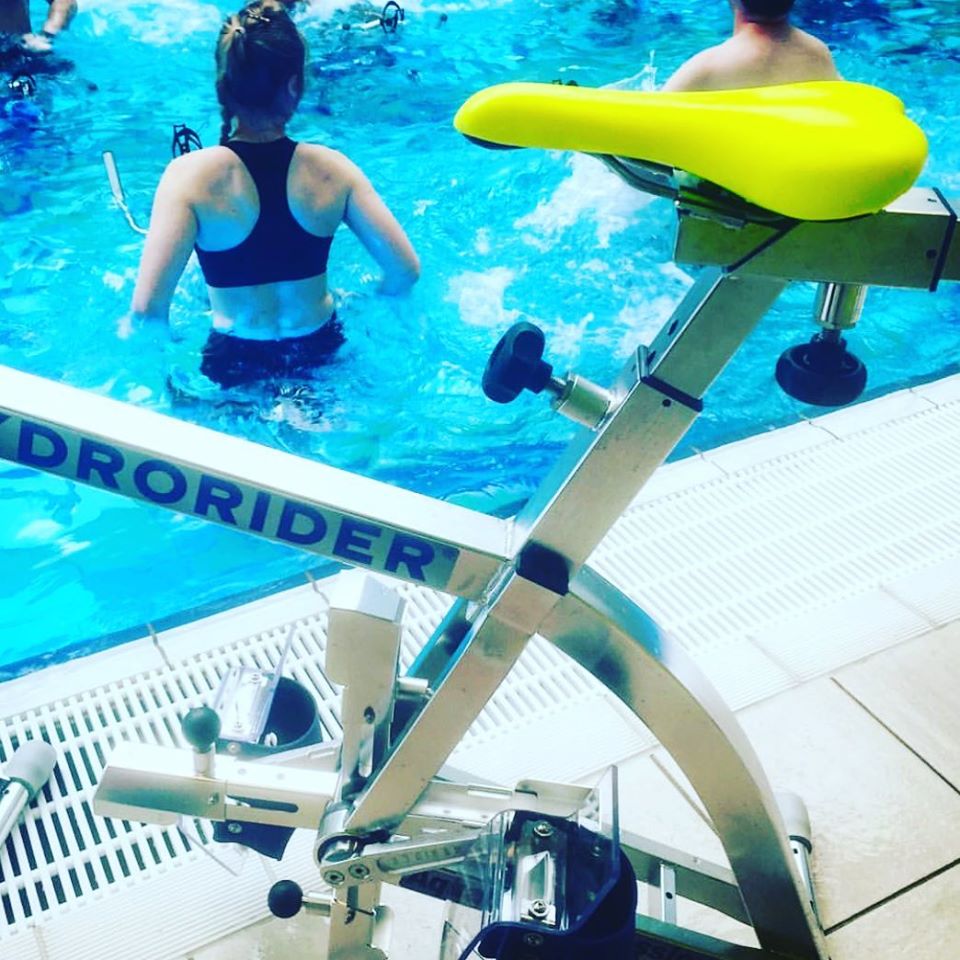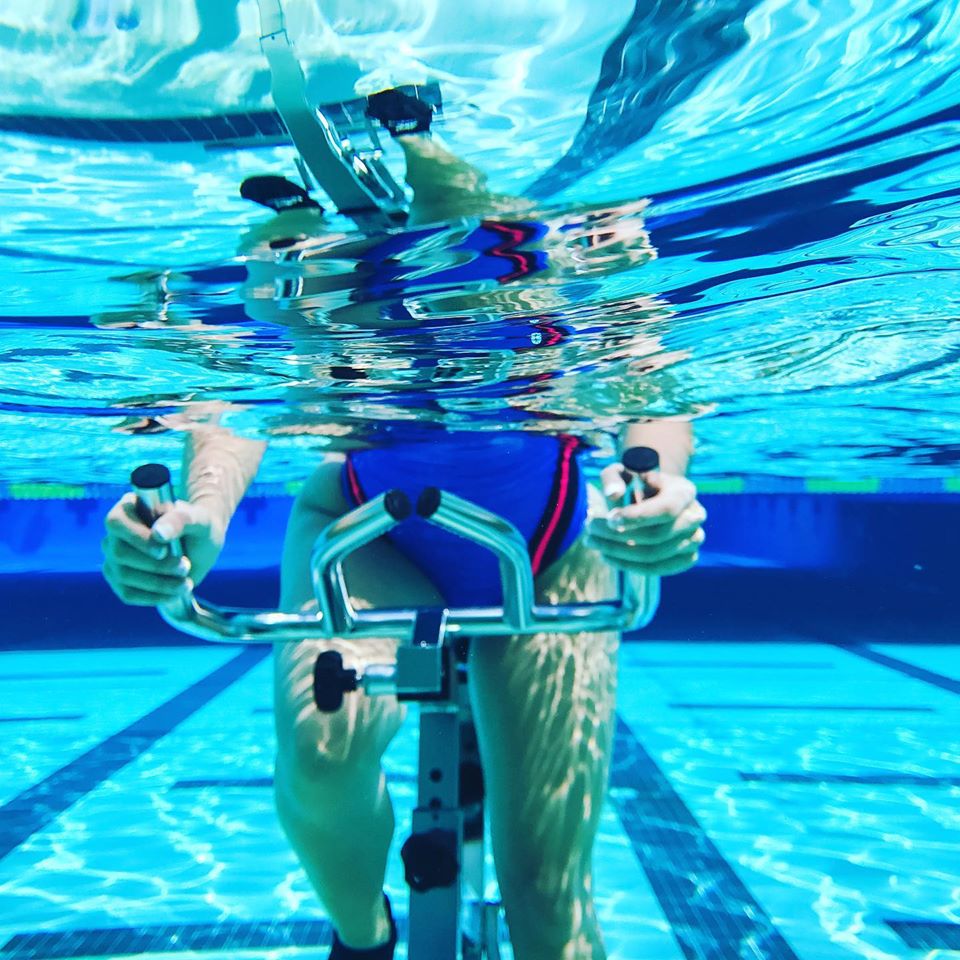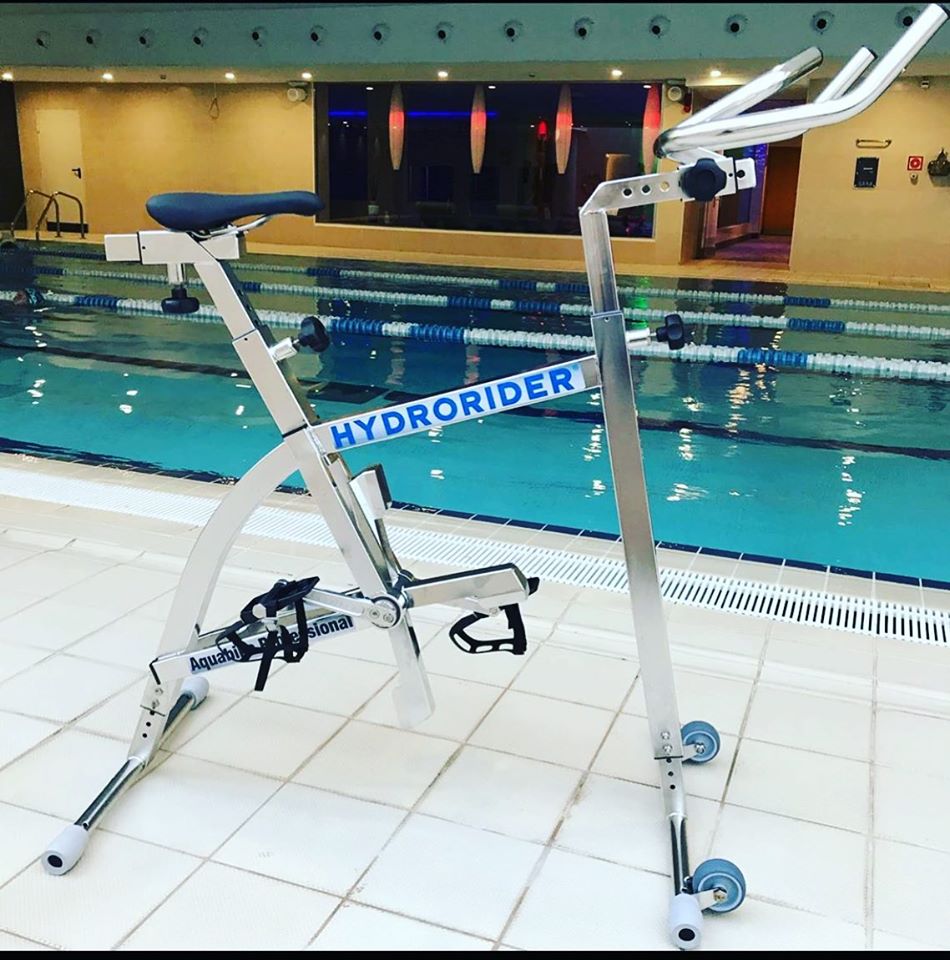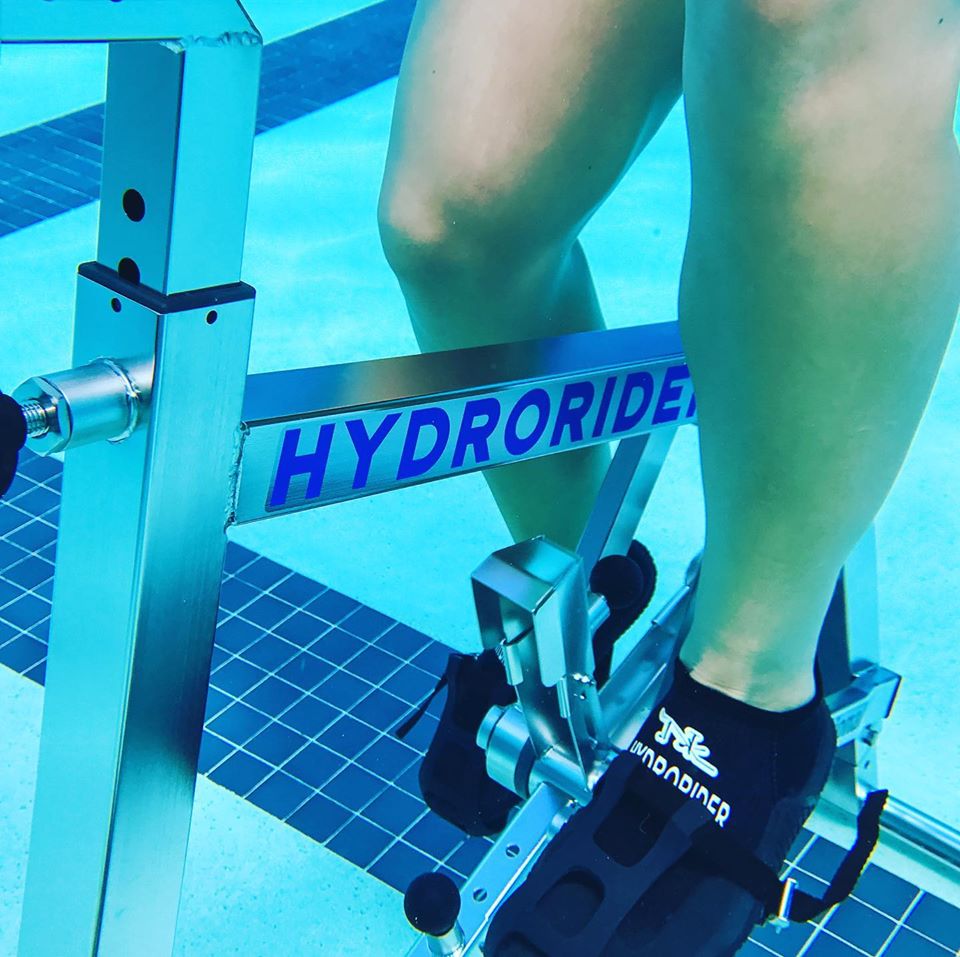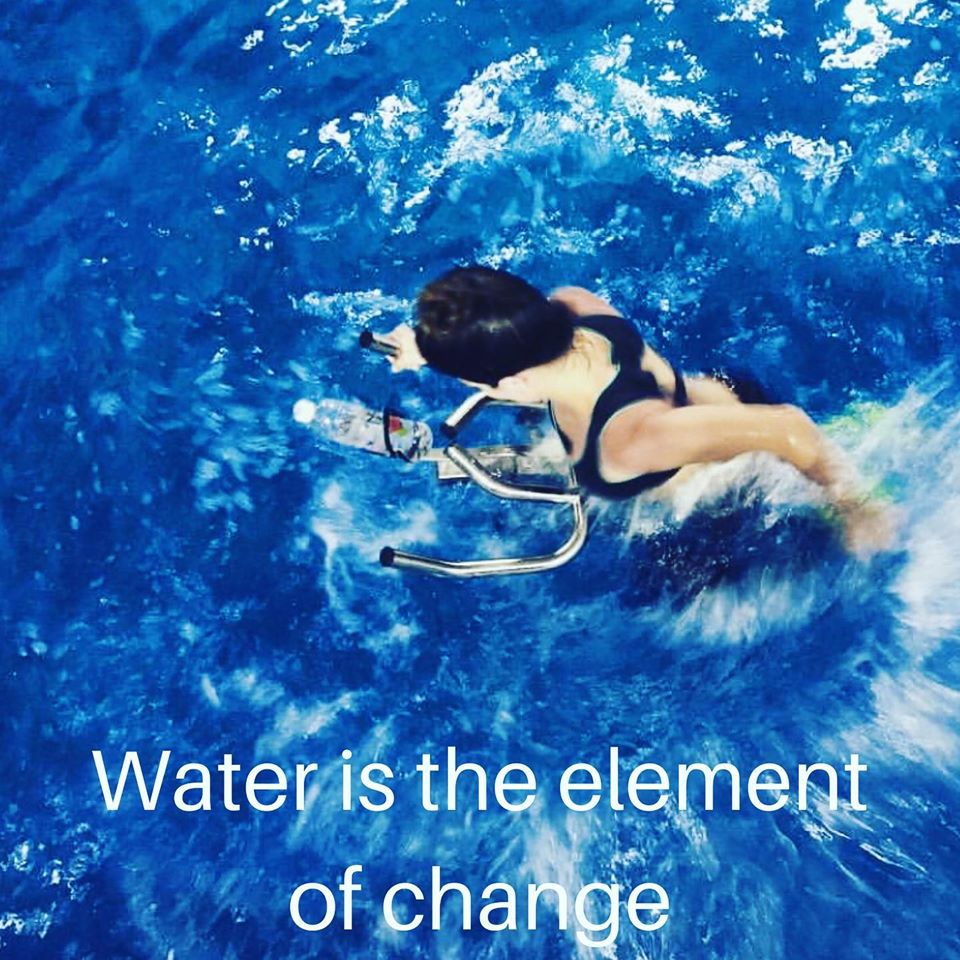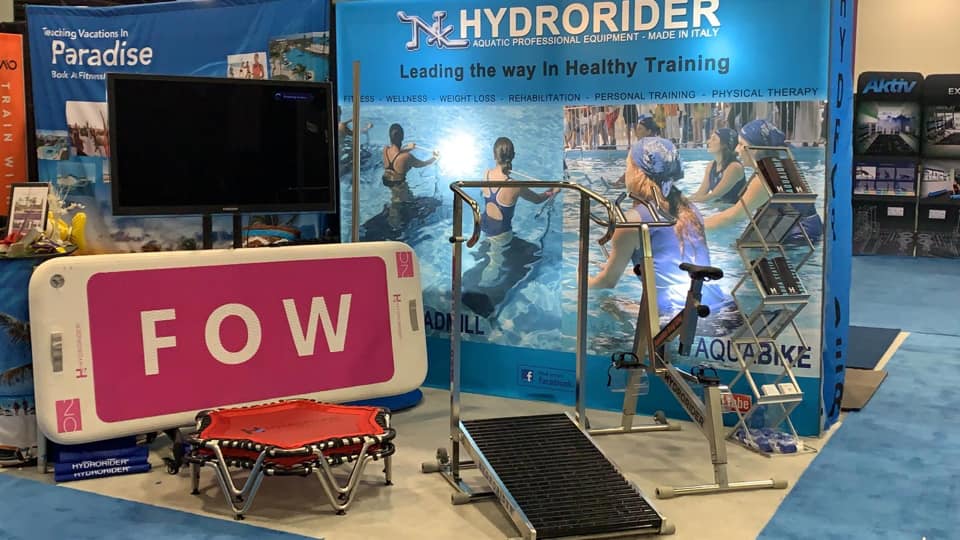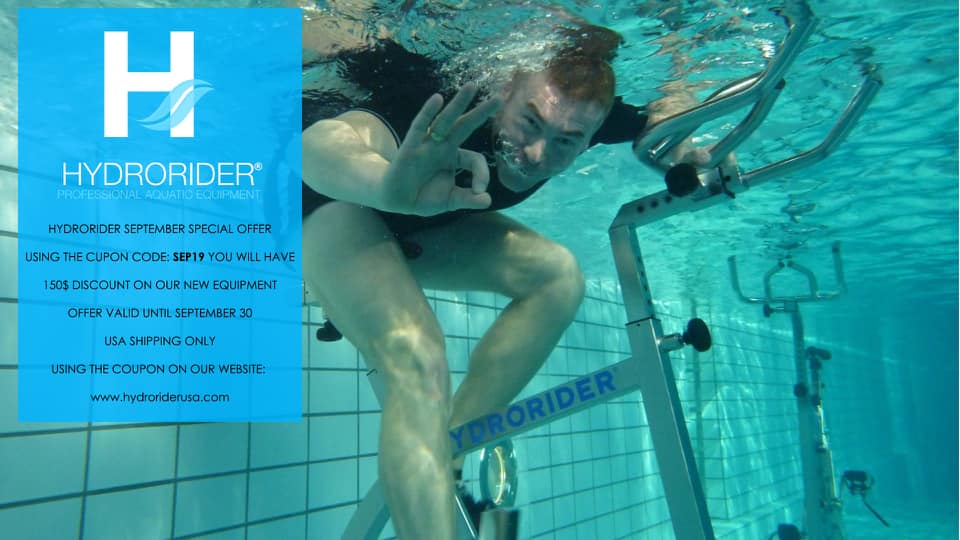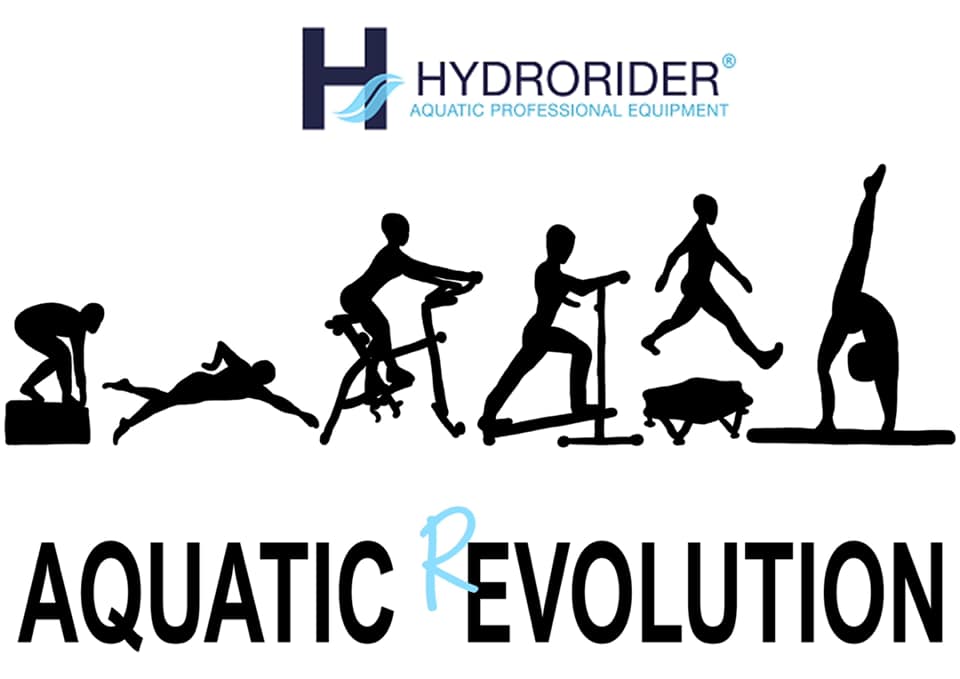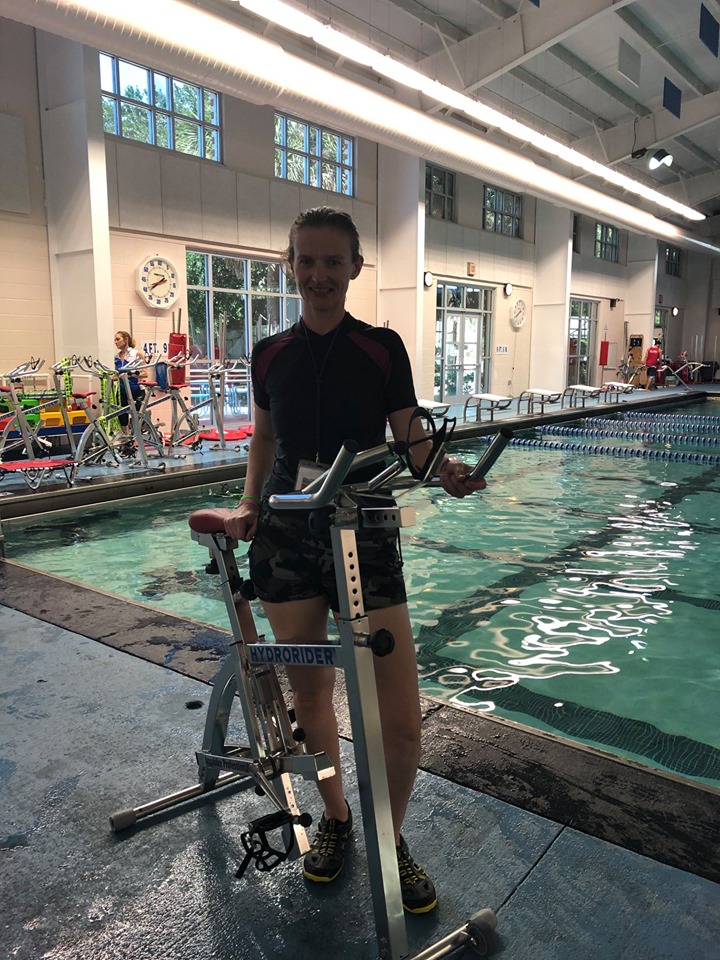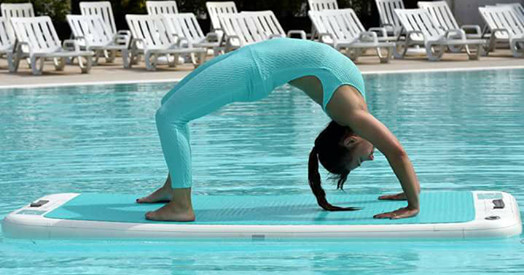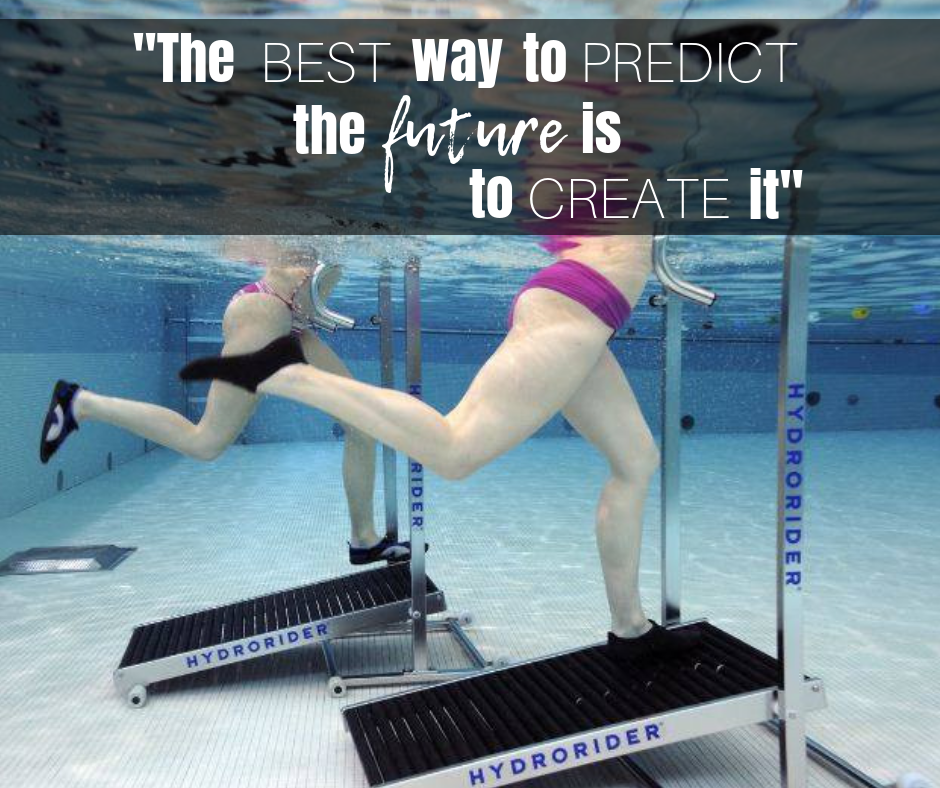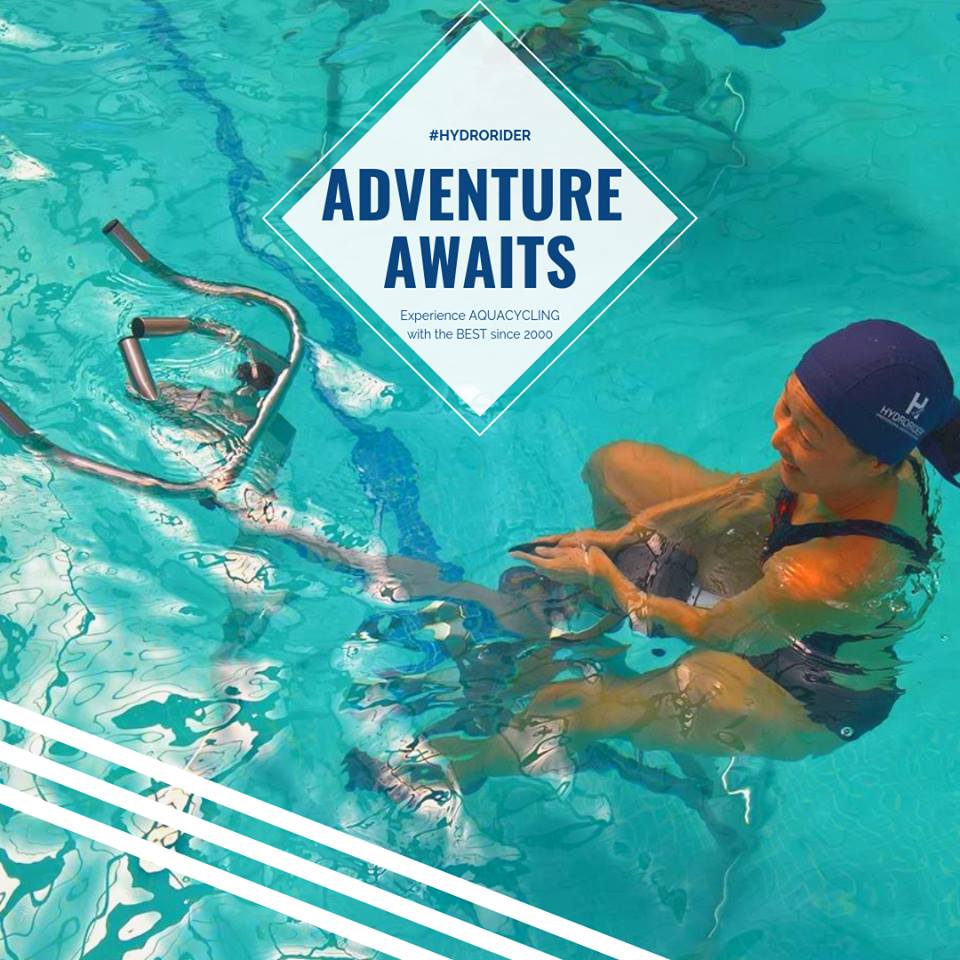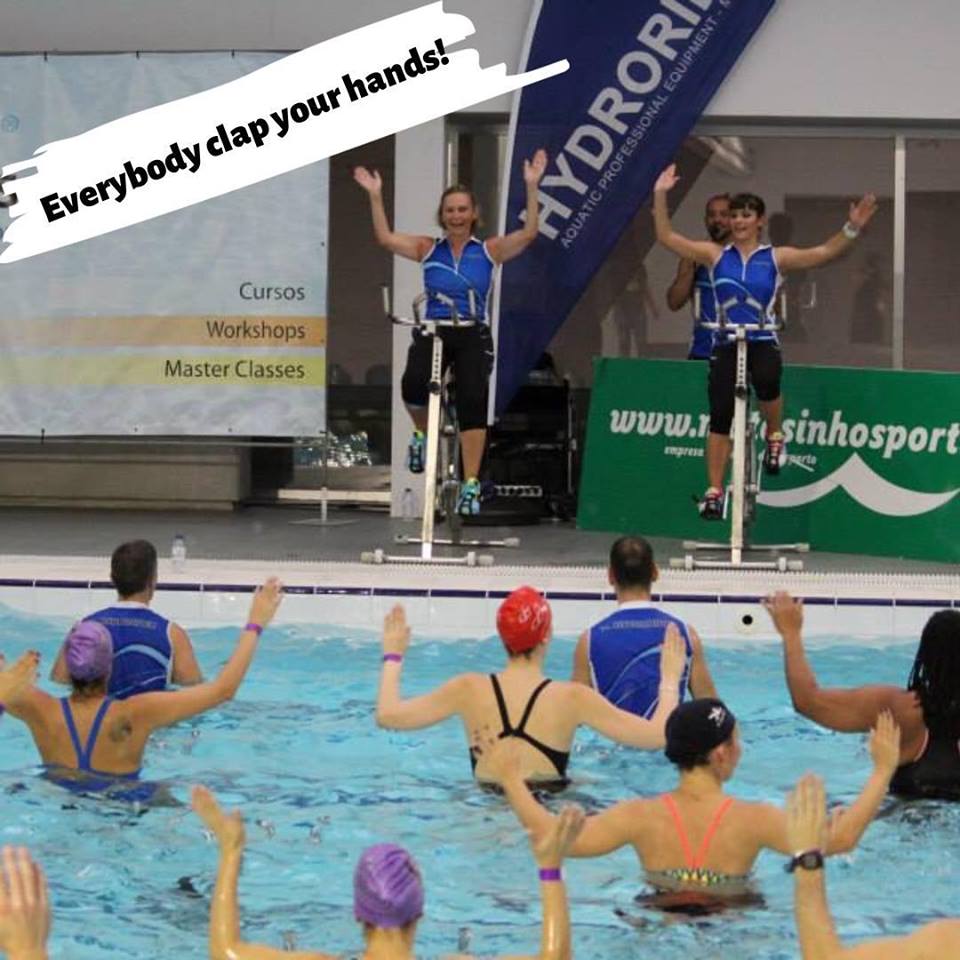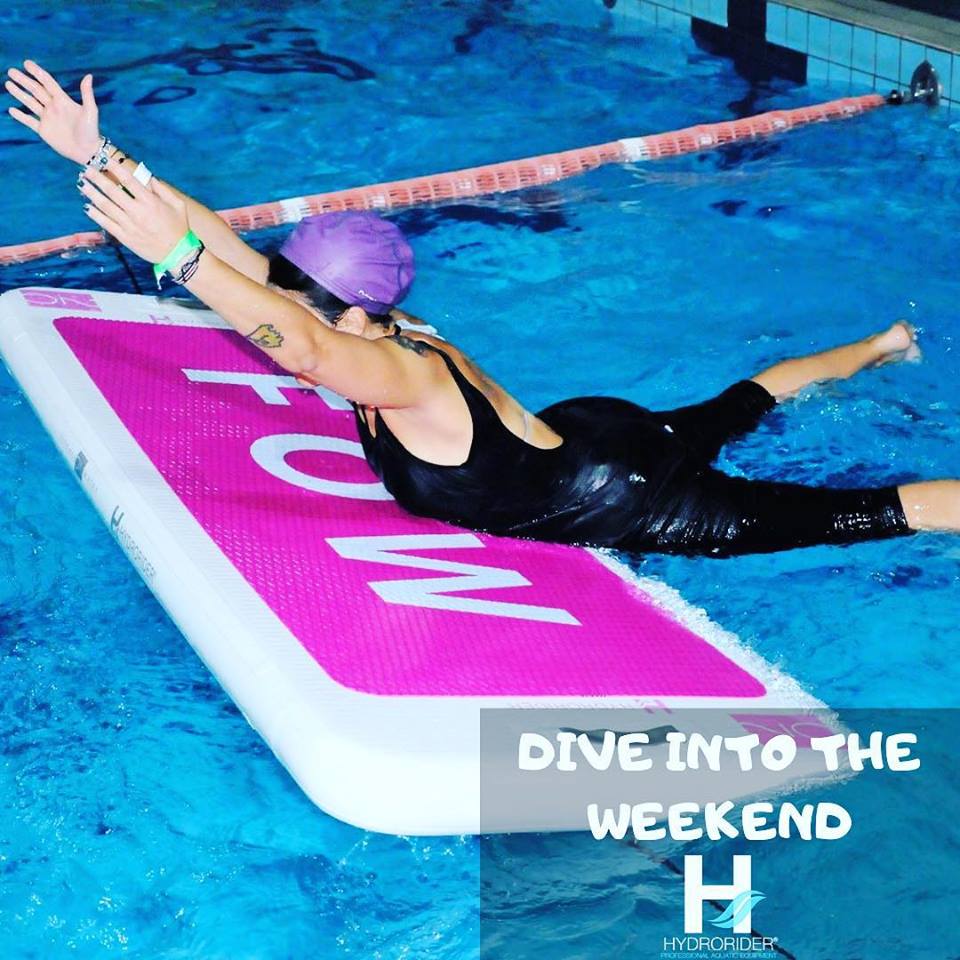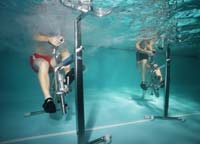The Benefits of Water Workouts
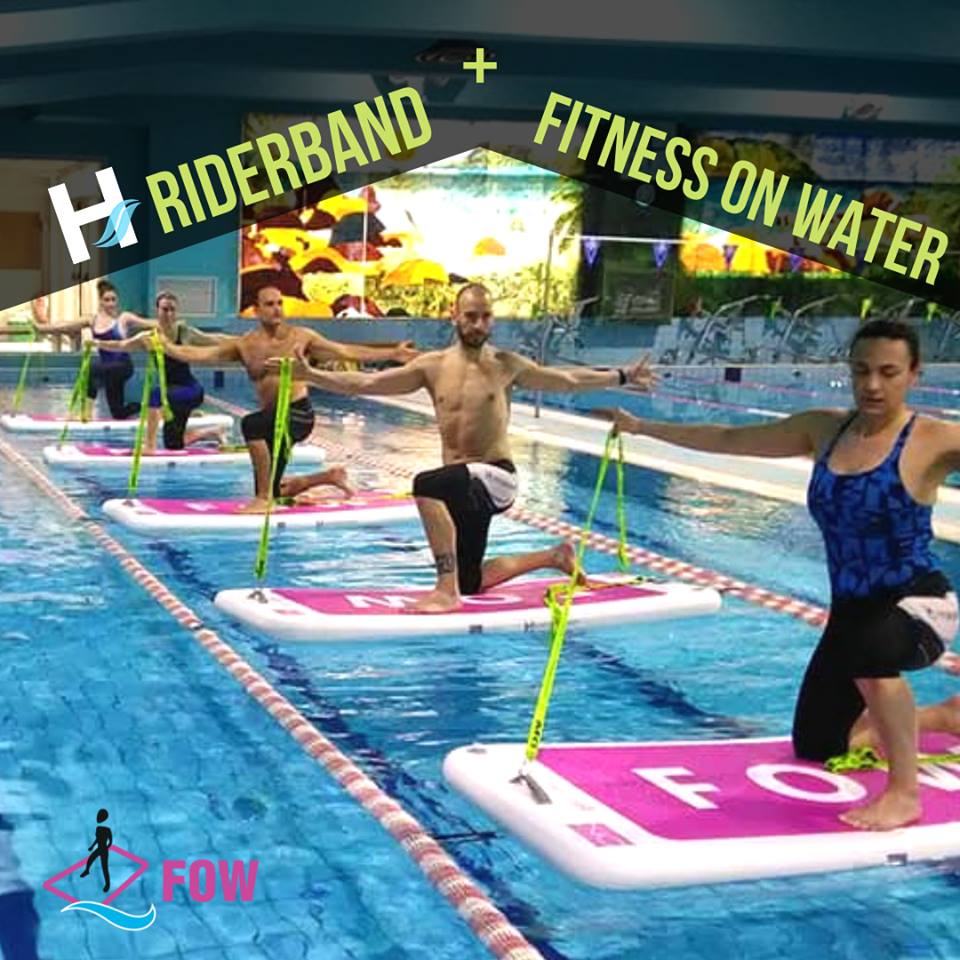
Exercising in water can be every bit as intense as exercising on land, and studies show it offers equivalent benefits
Water workouts are low to no impact, excellent for cardiovascular fitness, strength training, and fat burning, as well as rehab
Several styles of water exercise are described, included super-intense varieties of circuit training and deep water running
Dr. Joseph Mercola
February 19, 2016
Does your workout routine have you drowning in boredom? If you need a change of pace, moving your workout to the water may rekindle your enthusiasm, while at the same time providing some unique health benefits.
You might think you could not possibly get as intense of a workout in water, but research suggests otherwise. Due to the resistance of the water, it just seems like you can't work as hard, but in reality you are.
The water acts as a form of built-in resistance, as if you've surrounded your body with weights, making it simple to increase the intensity of your workout and challenge muscles that are harder to engage on land.
Also, because water lessens the effects of gravity, you're able to move your body through a wider range of motion, which improves flexibility. Even your lungs get a beneficial workout, because the water pressure makes them work harder than they would on land.
Because it's low-impact and easily tailored to your fitness level, anyone can benefit from water exercise, regardless of age or agility.
If you're overweight or obese, elderly, have arthritis, joint pain, osteoporosis, or an injury that makes weight-bearing exercise difficult or painful, water may be an excellent choice. Swimming or walking in water reduces the pressure on your back and knees. According to Kathy Stevens of WebMD:
"To appreciate why water training works so well, you need to understand water's unique properties. In water, you have almost no gravity. You're relieved of 90 percent of your body weight, so you become buoyant. This frees you to move in new ways.
You can float, bob and relax without feeling like you're putting out an effort. Yet water provides 12 to 14 percent more resistance than air, so moving through it is like having weights all around your body."
Water Exercise Offers a Deluge of BenefitsExercising in water builds cardiovascular stamina, strength, and flexibility, helps burn body fat, increases circulation, and can help you rehabilitate healing muscles and joints.
Research shows that people who water exercise can burn as much body fat and build as much muscle as those who engage in land-based exercise programs.
A 2012 study presented at the Canadian Cardiovascular Congress found that exercisers who used a submersible ergocycle (an exercise bike in a pool) had fitness benefits equivalent to those using a typical stationary bike, as measured by maximum oxygen consumption.
Dr. Martin Juneau, director of prevention at the Montreal Heart Institute, said water exercise might be even more efficient from a cardiorespiratory standpoint, because your heart rate stays a little lower in the water. Dr. Juneau explains:
"You pump more blood for each beat, so don't need as many heartbeats, because the pressure of the water on your legs and lower body makes the blood return more effectively to the heart. That's interesting data that hasn't been studied thoroughly before."
According to the American Council on Exercise, during a water workout, your heart rate will be reduced by as much as 17 beats per minute compared to a land workout, so be sure to keep this in mind if you use your heart rate to gauge your intensity.
You'll need to listen to your body—as opposed to relying solely on your heart rate—to know when you've had enough.
Other studies about water exercise have been equally favorable. For example, high-intensity deep-water training improved aerobic capacity in a group of 29 healthy elderly women. In another study, swimmers were found to have about half the risk of death of inactive people.
The U.S. Centers for Disease Control and Prevention (CDC) lists several other studies that found water exercise to be beneficial for people with chronic illnesses, disabilities, and psychological disorders.
However, it's worth bearing in mind that, should you decide to incorporate water exercise, it's best to maintain some of your land-based workouts as well, because weight-bearing exercise is important for preventing bone loss and osteoporosis.
Water exercise is an ideal choice on a hot day as water naturally cools your body.
Important Caveats to Consider Before Jumping InBefore discussing specific types of water exercise, there are several important considerations about water. Due to chlorine, disinfection byproducts, and other contaminants typically found in pools, swimming in an ocean, lake, or other natural body of water is ideal, if it's available to you.
If you don't have that option, saline pools are the next best thing. Besides avoiding dangerous chemicals, an additional benefit of swimming in a natural body of water is the grounding it provides. Swimming pools typically contain chlorine, which is something you want to avoid as much as possible. Chlorine has been linked to cancer, birth defects, miscarriages, and increased risk of asthma and other respiratory problems.
When a swimming pool contains chlorine, disinfection byproducts form that are 1,000 times more toxic than the chlorine itself. DBPs are created when the chlorine reacts with organic materials like leaves, hair, skin, sweat, dirt, and urine. DBPs have been linked to DNA damage, cancer, and respiratory problems.
Your body absorbs more DBPs from swimming in a chlorinated pool once than from drinking tap water for a week! Urine in a pool reacts with chlorine to form two particularly toxic DBPs: cyanogen chloride (CNCl), which is classified as a chemical warfare agent, and trichloramine (NCl3), linked to lung damage.
Should You Avoid Swimming Pools Altogether?This doesn't necessarily mean you have to give up swimming in your pool, as there are ways to keep your pool free of bacteria, algae, and other organisms without the use of dangerous chemicals. For example, ozone systems are an excellent option as they destroy pathogens via oxidation and greatly reduce your pool's need for chlorine. But typically you will still need to "shock" the water with chlorine periodically to kill the algae.
Another solution is to NOT keep your pool continuously chlorinated, but rather use a maintenance "shock" treatment every five or six days—again, to kill the algae buildup. The shock treatment volatilizes in about 24 to 48 hours and gives you a several-day window in which you can safely use your pool.
In order to reduce the amount of organic material you bring into the pool—thereby reducing the quantity of DBPs—shower prior to use and teach your children not to urinate in the water.
Vertical Water Workouts Add Fun and IntensityThere are a large number of exercises you can do in the water—as many variations as on land. You can swim the old fashioned way, horizontally across the pool. Or, you can go vertical! This includes jogging, "water aerobics," deep water running, water flexibility training, water yoga, and many others. In a CNN article, Kathy Stevens describes the benefits of going vertical:
"You can effectively strengthen your muscles with vertical water workouts because you experience 75 percent greater resistance than when you're swimming horizontally. This is because the vertical position maximizes the drag or pull of water against your movements. In traditional swimming, the goal is to minimize drag and glide through the water efficiently."
Chris Freytag has an excellent version of a vertical water workout with a fat-busting routine that clocks more than 300 calories in 30 minutes. For this "Hydro Belly-Blaster," all you'll need is a resistance band and a waterproof watch, timer, or heart rate monitor to time your sets—and a body of water in which you can stand chest-deep. The routine consists of six circuits, each done twice, separated by one-minute segments during which you're water-running or doing power pop-ups.
The circuits target your entire body and incorporate exercises you're probably already familiar with—upright rows, overhead presses, squats, knee lifts, etc.—all done in the pool. For other water routines, take a look at this water workout video in Fitness Magazine, and eight fat-burning pool exercises by Lifescript. Whether you're exercising on land or in the sea, always make sure you're warming up and cooling down appropriately.
Cross Train Safely with Deep Water RunningDeep water running (aka aqua jogging) is a super-intense water workout that's different and more vigorous than typical water exercises. With your body in ordinary running form, you run in the deep end of a pool with the aid of a flotation belt or vest—your feet never touch the bottom. Deep water running is good for rehab and athletic training, as it's high-intensity with zero impact, so it can allow you to recover from an injury without losing fitness.
One popular aqua training device is the AquaJogger, made from EVA foam, but almost any flotation vest or belt will work. As you move your arms and legs against the resistance of the water you will get a great cardiovascular as well as strength training workout. Proper body mechanics are as important in water as on dry land—just because you're in a pool doesn't mean you can't injure yourself. The most important things to remember when deep water running are:
- Keep your body upright, and use good running form—shoulders back and eyes looking toward the horizon
- Try to use your feet to kick the water behind you
- Don't paddle with your hands—keep your fists loosely closed and use your legs to move you forward
- Intensify your workout by swinging your arms higher, or shorter and faster, or by taking quicker strides
- As a variation, you can use a cross country skiing movement
12 Pointers for Vertical Water Workouts
Keep the following information in mind, as the dynamics are a little different than when you're exercising on land.
Buoyancy supports your body and allows you to make larger movements than you can on land
Water depth should be between waist and chest high. In shallower water, there is more impact on your joints, and in deeper water, you will lose balance and form (unless you're doing deep water running, of course)
Wear shoes to protect your feet if you're in a natural water body and unsure of the substrate
Intensity increases as you increase the size and speed of your movements; remember that your heart rate will be roughly 10 to 20 percent lower when exercising in water, so you'll need to listen to your body adjust your target heart rate accordingly
Sculling and downward movements of the hands create balance and control
Before you start using resistance devices (webbed hand mitts, noodles, balls, barbells, or bands), make sure you are balancing your arms and legs to help coordinate and stabilize your movements
For good muscle balance, move in a way that works the body in all planes while maintaining proper body alignment
To maintain alignment, keep your abdominals tight to support a long, upright spine and tuck your hips slightly under (particularly when moving backward)
Avoiding static stretches is especially important in cool water
Drink plenty of fluid to avoid dehydration, which you may not notice because you're not feeling or seeing the effects of sweat or body heat
Water exercise should not be painful; this is a new exercise, so listen to your body
Try working out with a friend for safety and encouragement, and add music

